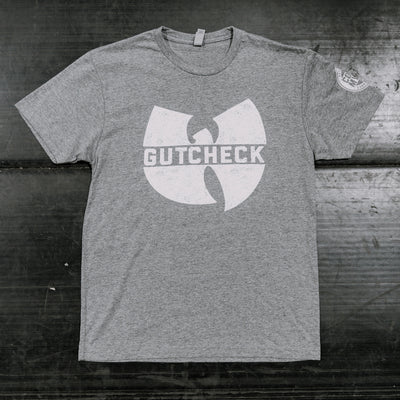How to avoid Wrestling KNEE INJURIES
How to avoid wrestling KNEE INJURIES
Due to the rough, physical nature of the sport, injuries are common place in wrestling. Probably the most common types of injuries involve trauma to the shoulder and knee joints. A steady diet of daily shoulder pre-hab and weekly overhead stability positions have helped tremendously to cut down on the amount of shoulder and labrum tweaks I see with my athletes, but what can be done when it comes to knee injury prevention?
Knee injuries can be a little bit tricky since there are a ton of variables in the direction and amount of force applied to this hinge-only joint. While the shoulder joint is very complex and vulnerable, there is a lot of play and mobility that can keep you from experiencing trauma. The knee, however, only bends one way, and can easily be put into a bad situation when attacking, scrambling , or even doing controlled training. While there is no magic plan or exercise to prevent knee injuries, here are some strategies that can help:
Eliminate front to back imbalances - the most common strength imbalance in athletes is overdeveloped quads and underdeveloped or weak hamstrings. While this may not specifically cause a knee injury, anytime you have an imbalance you are opening yourself up for injury, especially during a sudden movement, change of direction or during a forceful impact. Hamstring strength work at the knee joint (vs hip dominant movements such as RDLs) - GHR or BW/Nordic Hamstring Curls - should be a regular part of your strength program. Prehab such as Swiss Ball Leg curls and banded leg curls for high reps can be done on a daily or regular basis.
Fix Knee Valgus - You’ve seen it before, when an athlete (sometimes even a very strong one) squats or lunges, their knee “caves” in and they go knock knee-d. Knee Valgus is super common and can lead to ACL tears. This typically happens due to week Glutes (leg abductors) which leads to internal rotation and adduction of the hip. Prehab type movements such as banded Hip abduction (or “clamshells”), Glute Bridges (feet wide) or lateral lunge “walks” with a band around the mid thigh can be implemented daily as part of your athletes dynamic warm up. Placing a band above the knee while an athlete squats under light load can teach them how to cue their abductors and focus on forcing their knees out into proper position.
Train Single Leg movements in multiple planes - although the knee joint only hinges in one direction, training unilaterally in multiple planes can help eliminate or prevent the problems listed above. Lateral lunges, split squats, side step ups, and pistol squats may not have the overall strength/mass building benefits of traditional bilateral Back Squats, but they can help better prepare the body for the physical demands of wrestling. I also like to use single leg lateral jumps (straight to the side on to a box or on the ground at an angle) to help condition an athlete to absorb force laterally and change direction quickly, which has a huge carry over to wrestling.
Need help training hard and smart? Let me help you. My Strength & Conditioning for Wrestling e-book series is used by elite coaches and athletes around the globe. Get started today Coach Myers E-books






Leave a comment